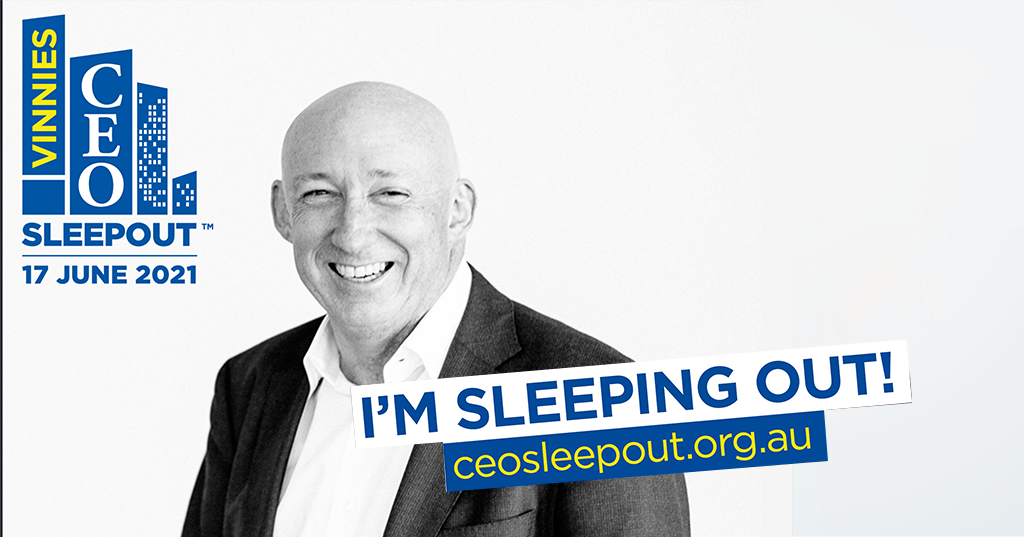It’s tempting to believe that old cliché each time it’s uttered. However, research shows 64 percent of small business owners have unpaid invoices that are at least 60 days old.
The check’s in the mail!
Accounts receivable, if not properly managed, can wreak havoc on your working capital and profit margins, as well as requiring extra time, effort and expense to collect payments. According to RMS Accounting president Steven J. Weil, Ph.D.,
Business failure is [often] due to bad receivables and lack of control on credit extended as opposed to the lack of sales.
If that is the case, it behooves leaders from all business areas to commit to reviewing and improving collection processes. A closer look and a few tweaks to your current accounts receivable processes, payments and relationships could go a long way toward curbing runaway tendencies and creating efficiency.
Collecting payments is probably the last thing on your mind when your firm’s team is focused on building annual plans, developing new business and managing projects. Taking time to create a strategy for keeping accounts receivable under control can aid in minimising frustration and expenditures of time. It can also keep your client relationships running smoothly because each side will understand the specifics associated with your accounts receivable processes.
Gather and use your data
Before you evaluate and create or update a process, it’s important to take a close look at the data underpinning it. By reviewing your account portfolio as a whole, you may find many clients experience issues around similar timeframes; if necessary, you can alter processes based on this information.
For example, if you determine the majority of clients who extend past 70 days end up being written off, your firm can put more aggressive processes into place to recoup funds in advance of that date.
In a best practices sessions, various firms mentioned making data and accounts receivable review a part of their culture. They provide their organisations’ leaders with accounts receivable data on a weekly or monthly basis. In this way, leadership is not faced with unpleasant surprises when clients struggle to pay, and all organisational leaders, from accounting to sales, are equally committed and in the game when it comes to ensuring collections.
Build an organised process and tight workflow
Sending invoices haphazardly can make clients think you’re disorganised. Frequently, they’ll reciprocate in kind with late or lazy payments.
Instead, build a multi-touch process that kicks off early in the billing cycle. Send invoices on specific days (the fifth of the month, the third day after services rendered, etc.), issue bills through electronic invoicing services as well as snail mail, and use a data-driven follow-up timeline to ensure they hear from you frequently.
But, consider flexibility when necessary
Clients have their own work cadences. If you have a trustworthy client who receives a large influx of income on the first and the 15th, consider structuring their payments to your firm around a similar time frame.
If you invoice them when their pockets are well-lined, you’ll likely have better success receiving prompt payment than if you make their accounts due at a lower point in their company’s cash flow cycle. If they don’t have a specific business cycle, but still struggle with occasional periods of lower cash flow, a fee financing solution can offer additional payment flexibility to fit their specific situation.
See what technology can do for you
According to research from Blackline, a financial controls and automation software provider, more than half of finance professionals across multiple industries already use artificial intelligence (AI) in their processes. Accounts receivable processes are ripe for disruption; encouraging the use of innovative technology could tremendously cut the amount of employee time needed for tedious steps like email follow-up or payment processing.
User experience is a buzzword across many industries right now, and for good reason. Creating a frictionless payment experience can make it more likely that you’ll receive your desired funds in a timely manner.
When it comes to payments, you should think broadly. Give your clients as many convenient ways to pay as possible and you’ll increase the likelihood that you recoup your billings quickly and painlessly.
Incent positive behaviors
Consider building a discount for early payment into your cost model. The earlier you induce a client into paying, the more likely you are to recoup the full amount with minimal additional effort. Some firms may also choose to charge penalties for late payments.
However you choose to proceed, the client should always have a clear and documented understanding of their payment schedule and the expectations on both sides. Whether you offer the carrot (the discount incentive), the stick (the late fee penalty) or both, disclose the specific terms in your engagement documentation.
Offer multiple payment methods
Alternate payment options, such as credit card or direct debit, increase the likelihood customers will pay quickly, rather than waiting for a traditional payment processes.
The shift to updated payment methods can be as simple as asking the client whether they’d like to make an electronic transfer or process a credit card payment, omitting the reference to a other options (i.e. Check or Cash) altogether.
Get them on file upfront
Asking the client for a card to put on file at the beginning of the relationship establishment process can also provide a convenient safeguard against non-payment. You can simply ask the client to authorise payment via the card if other collection methods fail to yield the desired results.
In fact, sharing this option with the client at the beginning of the process, rather than when you’re waiting for payment to be rendered, may make them appreciative of the convenience you’ve chosen to provide, instead of cagey about sharing their card information.
If you choose this route, make sure you’re working with a reputable and secure third party to collect and maintain the data; a photocopy in a locked file cabinet drawer is not sufficient to safeguard your client’s information.
Find a fee financing partner
There’s an old adage about shoemaker’s children going barefoot, and it can be applied to CA, CPA and Legal firms as well. Your clients need to continue to make payments to their suppliers, but may hope you’ll give them a little more leniency when it comes to making their payments on time and in full.
After all, their financial partners have a vested interest in their success, and it can often be mutually beneficial to provide additional flexibility.
Fee financing can serve as a compromise between giving clients the time they need to pay you and having necessary working capital available. A fee financing provider can make sure funds are available, which then allows clients a longer timeframe and reduced stress while they work to improve their cash flow and make their payments.
This option can give both sides a little more flexibility and runway, at no additional cost to your firm.
Set expectations
Take time upfront to meet with potential clients, discuss your policies and sign a detailed engagement letter. If the client knows from the beginning that you’re structured and organised when it comes to your accounts receivable, they are more likely to take the process seriously as well.
Requiring a new business form to be completed prior to an initial assessment and stating a minimum fee for business can help to winnow down the tire-kicking clients and decrease work on both sides if it doesn’t appear to be a good fit.
Pick up the phone
While you should take a close look at all technology has to offer, from data analysis to payment methods, don’t underestimate the impact of good, old-fashioned personal touch.
Many business owners are wearing multiple hats. If they don’t pay in a timely manner, it’s often not malicious; they just are well and truly swamped.
A call from a person connected with their account to check in and issue a gentle reminder can do a world of good. At the best practices session, some attendees mentioned increased success when calling clients at 45 days to inquire about potential issues that could prevent payments arriving by the 60-day mark.
Outsource or specialise
Analyze the cost-benefit of outsourcing collection efforts to a specialised firm or maintaining a dedicated role on staff to manage receivables. Using their skills, you may have additional success with even seemingly hopeless accounts.
These options can seem expensive, but when you analyze the hourly rate of your team members spending time and goodwill on overdue accounts, the financial impact of outsourcing could be less than expected.
Finally, you should take a close look at your service levels. If you’ve made all the appropriate efforts, and clients still aren’t paying, they may be truly uncreditworthy. However, clients can also put off paying a partner whose work isn’t up to par. Take a frank look at the relationship and see if there are any fences to be mended before you write off the client.
Focusing additional effort to control accounts receivable can seem tedious. After all, most of us would rather be out securing new business than chasing down payments associated with completed work. However, time is money, and investing the resources proactively means more time saved and less opportunity for loss.
Focusing additional effort to control accounts receivable can seem tedious. After all, most of us would rather be out securing new business than chasing down payments associated with completed work. However, time is money, and investing the resources proactively means more time saved and less opportunity for loss.
Is accounts receivable an ongoing issue for
your firm? Leave us a note below and share any tips you’ve found successful.
Image source: Unsplash




















